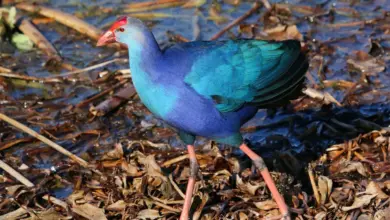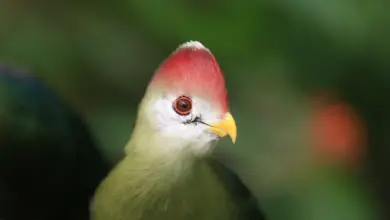Cape Teals (Anas capensis)
The Cape Teals, Anas capensis, is found in open wetlands in sub-Saharan Africa. They are non-migratory.
Description:
The Cape Teals measures 44 – 46 cm in length. It is very pale and mainly grey, with a browner back and pink on the bill. Juveniles lack the pink markings on the bill..
Males and females look alike.
Breeding / Nesting
They place their nests on the ground, typically placed under vegetation and near water.
Call / Vocalization:
The Cape Teals are generally quiet. The male emits a clear whistle, whereas the female a feeble “quack”.
More Duck Resources
Diet / Feeding:
This species feeds on aquatic plants and small creatures (invertebrates, crustaceans and amphibians) obtained by dabbling.
Feeding Ducks …
We all enjoy these beautiful birds and many of us offer them food to encourage them to come over and stay around – and it works! Who doesn’t like an easy meal!
However, the foods that we traditionally feed them at local ponds are utterly unsuitable for them and are likely to cause health problems down the road. Also, there may be local laws against feeding this species of bird – so it’s best to check on that rather than facing consequences at a later stage.
- Foods that can be fed to Ducks, Geese and Swans to survive cold winters and remain healthy when food is scarce in their environment.
Please note that feeding ducks and geese makes them dependent on humans for food, which can result in starvation and possibly death when those feedings stop. If you decide to feed them, please limit the quantity to make sure that they maintain their natural ability to forage for food themselves – providing, of course, that natural food sources are available.



